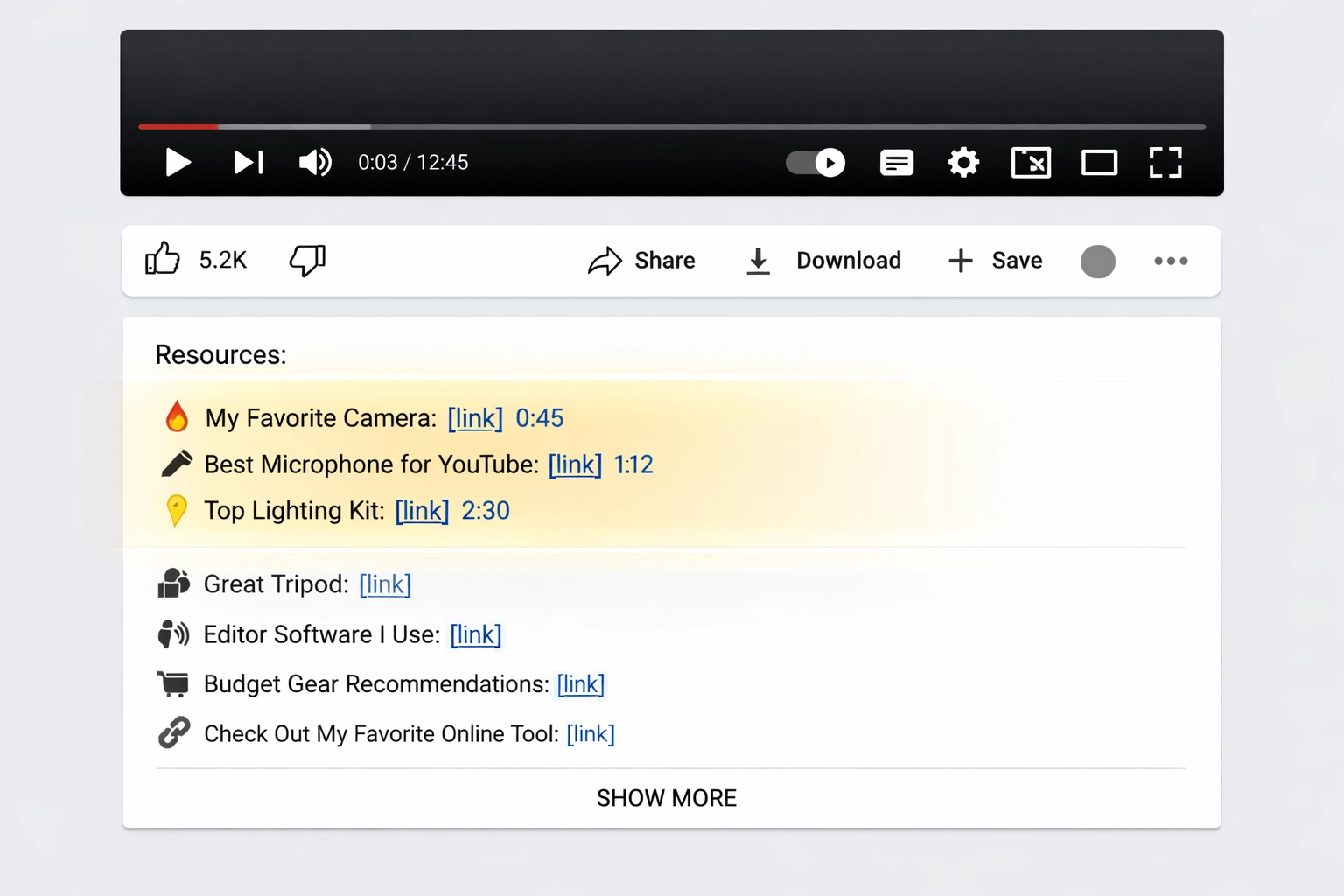
What is Media Placement in Advertising?
Learn what media placement is, how it works, and why it's essential for advertising success. Discover media placement strategies, channels, and best practices t...
Discover why strategic ad placement is crucial in digital advertising and affiliate marketing, optimizing visibility, conversions, and user experience.
In the context of affiliate marketing , placement refers to the strategic positioning and distribution of affiliate content , such as ads, links, and banners, on digital platforms to optimize visibility and drive conversions. It involves selecting optimal locations within a website or digital platform to embed affiliate links and advertisements, thus maximizing the potential for traffic and sales. Placement plays a crucial role in the effectiveness of affiliate marketing campaigns , influencing both conversion rates and the overall user experience.
Placement is a cornerstone of affiliate marketing strategy , impacting how potential customers interact with affiliate links and ads. Effective placement can significantly enhance conversion rates by ensuring that ads are visible and engaging to the target audience. Conversely, poor placement can lead to low engagement and missed opportunities for affiliates to earn commissions. This underscores the necessity for affiliates to continuously refine their placement strategies, leveraging data-driven insights to adapt to changing consumer behaviors and digital trends.
Contextual ad placement involves embedding affiliate ads within content that naturally aligns with the product or service being promoted. For example, a blog post about fitness routines might include affiliate links to workout equipment or supplements. This type of placement leverages the content’s context to enhance user engagement and conversion potential. The Backlinko guide suggests that affiliates can increase the effectiveness of contextual placements by aligning them with niche-specific content and utilizing relevant keywords to boost search engine rankings.
Above the fold refers to the portion of a webpage that is visible without scrolling. Placing ads in this prime real estate can improve visibility and engagement, as users are more likely to see these ads immediately upon visiting the page. Authority Hacker notes that emphasizing the consequences of not taking action can be a powerful motivator in above-the-fold placements, encouraging users to engage with the affiliate offer.
Native advertising integrates affiliate ads into the content flow, making them appear as a natural part of the content rather than intrusive advertisements. This approach can enhance user engagement, as the ads are perceived as additional value rather than disruptions. Xperiencify highlights that using native ads effectively requires a deep understanding of the audience’s preferences and behaviors, ensuring that the ads provide genuine value.
Including affiliate links in newsletters or email campaigns can be highly effective, particularly when the content is tailored to the interests of the subscriber base. This form of placement leverages the direct and personal nature of email communication to drive conversions. The Authority Hacker article suggests offering exclusive discounts and bonuses in email campaigns to incentivize purchases through affiliate links.
Social media platforms offer unique opportunities for placement, allowing affiliates to reach a broad audience. Placing affiliate links in social media posts, stories, or profiles can drive traffic and conversions, especially when the content is engaging and shareable. As per the strategies outlined by Xperiencify, selecting affiliates with a strong social media presence and aligning promotions with trending topics can enhance the effectiveness of social media placements.
Timing placements with seasonal events or trends can capitalize on increased consumer interest and spending during these periods. For instance, promoting tech gadgets during the holiday season or summer gear during the summer months can align with consumer purchasing patterns. Backlinko advises affiliates to plan their promotional calendars around key seasonal and event-driven opportunities to maximize impact.
Despite its importance, placement in affiliate marketing presents several challenges:
Media placement is the process of selecting and securing advertising space in print, broadcast, and digital media outlets. It is a key component of media planning, the process of identifying and targeting the most effective media channels to reach the desired audience.
Placement in digital marketing is a paid advertisement appearing on a website or social media platform. The placement can be a banner ad, video ad, or text ad.
Learn how optimized ad placements can drive higher conversions and enhance your affiliate marketing strategies with Post Affiliate Pro.

Learn what media placement is, how it works, and why it's essential for advertising success. Discover media placement strategies, channels, and best practices t...

Learn the best strategies for placing affiliate links in YouTube videos, descriptions, comments, and cards to maximize clicks and conversions. Complete guide wi...

Learn what ad placement means in digital marketing, explore different placement types, strategies, and best practices to maximize your campaign ROI with PostAff...